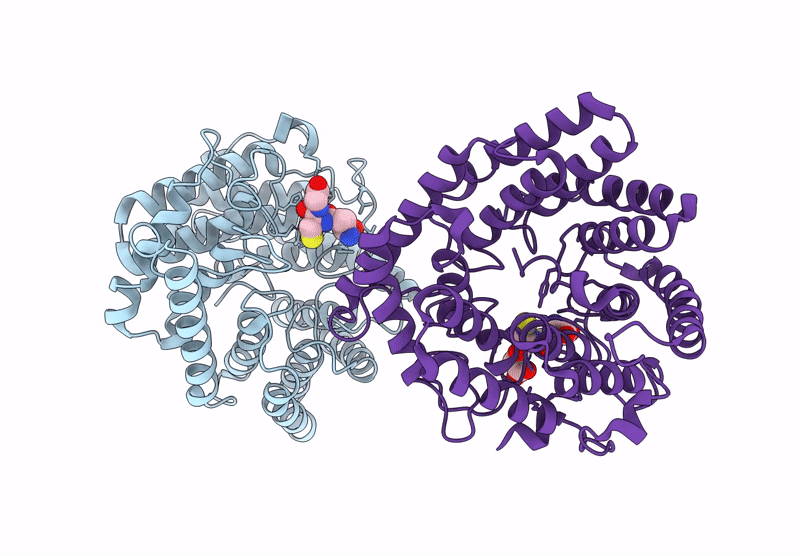
Deposition Date
2022-05-26
Release Date
2023-01-25
Last Version Date
2023-10-25
Method Details:
Experimental Method:
Resolution:
1.79 Å
R-Value Free:
0.20
R-Value Work:
0.18
R-Value Observed:
0.18
Space Group:
P 21 21 21


